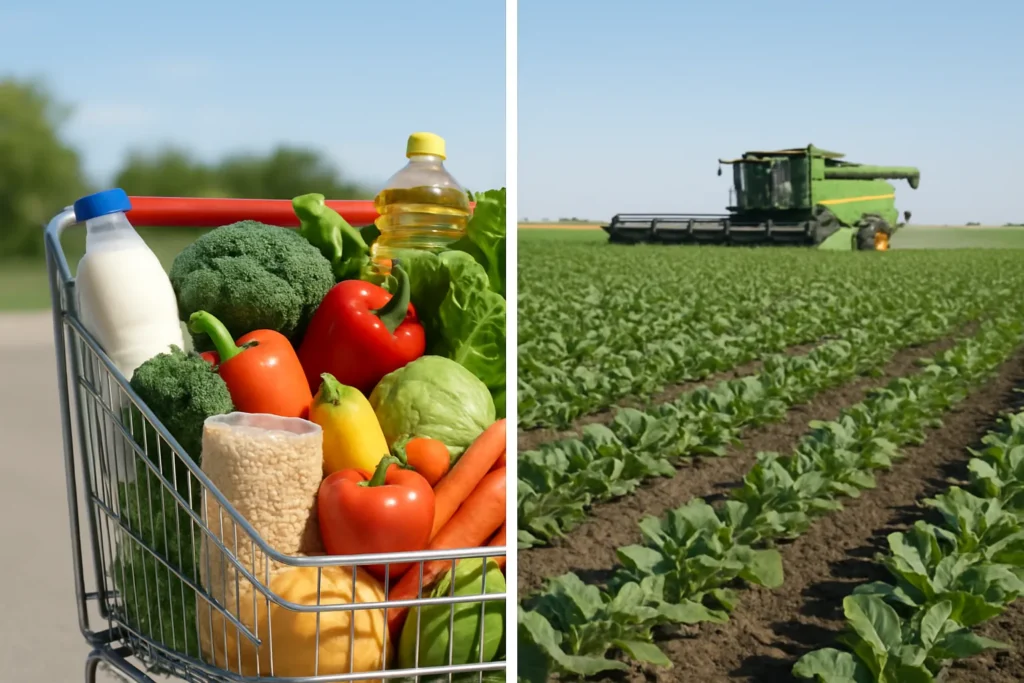Stricter SNAP Work Rules: A Costly Gamble on Vulnerable Americans
The headlines coming out of the House Agriculture Committee reveal a controversial new attempt to overhaul America’s safety net. At its core, the proposed Republican plan would make deep changes to the Supplemental Nutrition Assistance Program (SNAP), previously known as food stamps, all in the name of ambitious deficit reduction. This $290 billion cut to nutrition programs over the next decade aligns neatly with the fiscal priorities championed by former President Donald Trump—a vision that seemingly values spreadsheets over struggling families.
The specifics are jarring. The legislation would hike the required monthly work hours for many SNAP recipients and raise the age cap up to 64, even for those without disabilities or dependent children. For the first time, states would be statutorily forced to share a portion of SNAP’s cost beginning in 2028, with the amount pegged to their error rates in distributing benefits—a move Democratic governors warn could devastate state budgets already straining under economic pressure.
Children aren’t immune, either: the qualifying age for a dependent is bumped from six to seven, meaning that more parents must now juggle work demands with limited child care. All told, these changes could affect as many as 41 million Americans who rely on SNAP to put food on the table. According to the Center on Budget and Policy Priorities, “the proposed cuts and barriers would force some of the most at-risk individuals—seniors, working parents, and the recently unemployed—off essential nutrition benefits.”
Winners and Losers: Whose Priorities Does This Budget Serve?
As Republicans tout these reforms as actionable fiscal responsibility, a closer look reveals a less virtuous motive. Significant savings extracted from SNAP are earmarked not for deficit relief or reinvestment in struggling communities but to substantially increase payouts and guarantees to agricultural producers and large commodity operations. The bill calls for increasing the Price Loss Coverage reference prices by up to 20% and would raise cap limits for payment awards on commodity programs, moving from $125,000 to $155,000 per individual and tying future increases to inflation. These changes benefit the largest farm operators—often agribusiness giants—far more than the average family farm or rural worker.
Crop insurance subsidies also get a boost, rising to cover 80% of premiums for the supplemental coverage option. These perks do little for the everyday grocery shopper struggling to stave off hunger or the working mother patching together two jobs; instead, they funnel taxpayer dollars to large-scale agricultural interests already enjoying decades of generous federal support. Conservation funding, while marginally improved, pales in comparison to the scale of cuts proposed elsewhere and raises questions about true environmental commitment in an age of climate emergency.
Policy experts like Elaine Waxman of the Urban Institute question the wisdom and equity of such redistribution: “The juxtaposition of taking food out of the mouths of America’s poor to pad the profit envelopes of top-tier farm conglomerates isn’t just bad optics—it’s disastrous policy.”
“When Congress chooses to pit nutrition assistance for the working poor against billion-dollar agribusiness subsidies, it is making a profound statement about whose needs matter most in America.”
The Politics and Real-World Impact of SNAP Retrenchment
History serves as a powerful teacher here. Attempts to restrict aid like SNAP rarely occur in a vacuum. During the Reagan era, harsh welfare reforms and block grants were championed under the guise of cost control, but the resulting spikes in child hunger and urban poverty haunt the nation’s conscience to this day. Today’s House proposal brings echoes of those policies, threatening to repeat the same mistakes in a political environment defined by deepening inequality and economic anxiety.
Opposition is mounting not only from House Democrats, but governors and coalitions nationwide. Governor Gretchen Whitmer of Michigan labeled the proposed cost-shifting mechanisms “nothing short of catastrophic” for states already laboring under post-pandemic shortfalls. Anti-hunger groups warn that inflexible work requirements ignore real barriers faced by recipients—ranging from volatile part-time shifts to the absence of affordable childcare, to age discrimination rampant in low-wage workplaces.
Beyond that, limiting state discretion to waive work rules during periods of high joblessness undermines the entire point of the safety net. Empirical evidence from the U.S. Department of Agriculture and Pew Research shows SNAP isn’t just a lifeline; it’s a reliable automatic stabilizer that blunts economic shocks and prevents catastrophic hunger during downturns. Forcing states to limit access precisely when it’s needed most is counterproductive and, frankly, cruel.
An honest reckoning with SNAP’s role requires asking: what happens if we push these changes through? The likely answer, as projected by the Congressional Budget Office, is that millions could lose access just as grocery prices and job insecurity remain elevated. “The idea that we can slash $230 billion in food assistance without widespread human cost is a dangerous delusion,” cautions Harvard public health expert Dr. Sara Bleich.
As this legislation wends its way through a divided Congress, the American people are left confronting a stark reality: austerity for working families, generosity for corporate agriculture. Which side of this ledger would you want to explain to your grandchildren?

